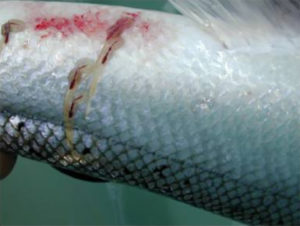
Norwegian researchers develop sea lice tracking model
An operational salmon lice model calculates sea lice infestation pressure all along the Norwegian coast in near real-time, based on a hydrodynamical ocean model and a salmon lice particle tracking model.
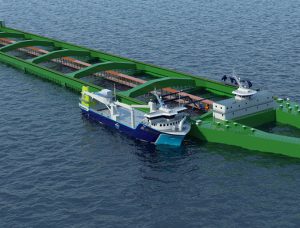
Chem-free fixes emerging in sea lice saga
Salmon farmers, using emerging technologies, are exploring new methods of sea lice mitigation in an effort to overcome one of the industry’s most persistent problems. New chemical-free innovations show an industry eager to adapt and adopt environmentally safe practices.
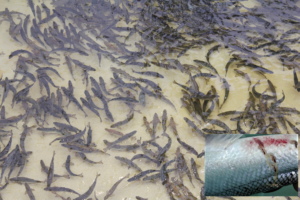
Evaluating the efficacy of a candidate vaccine for Atlantic salmon against sea lice
Laboratory-scale evaluation of a candidate vaccine for Atlantic salmon against sea lice shows an efficacy of 56 percent when administered by injection.
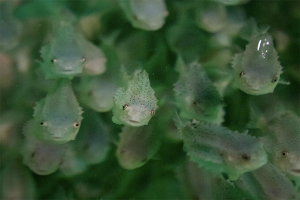
Could new technology transform how salmon farming combats sea lice?
Sea lice plague salmon farms globally, but scientists and aquaculture are turning to technology to prevent and manage the pests.
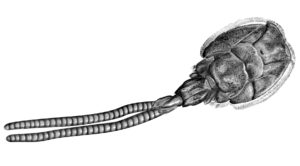
Animal health giants have sea lice in their crosshairs
Alltech and Benchmark have been working on the next generation of sea lice solutions and believe they have new products that can help salmon farmers win.
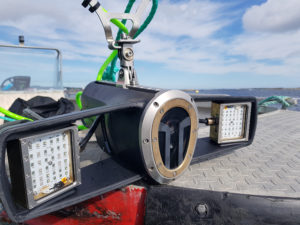
Farmers deploy new high-tech tools against sea lice
Salmon farmers in Norway are trialing two new technologies, including one from Silicon Valley, in their ongoing battle with the persistent sea lice.
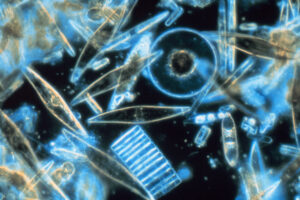
Can photoautotrophic cultivated diatom biomass in salmon feed deter lice?
An evaluation of experimental Atlantic salmon diets with photoautotrophic cultivated diatom biomass shows the potential to deter lice.
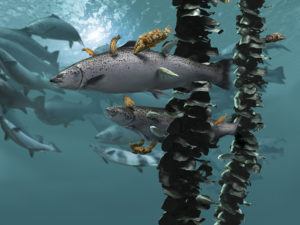
In sea lice fight, salmon farmers phasing out hydrogen peroxide
An over-reliance on medical and chemical controls, along with warming waters, led to a surge in sea lice. With such treatments waning in effectiveness, operators turn to other, safer measures.
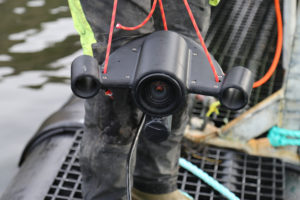
New approaches to an age-old challenge: sea lice
Innovations to combat sea lice are in the pipeline as ambitious new companies employ a combination of innovative technological and scientific methods.
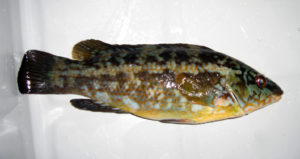
Ballan wrasse offer efficient, environmentally friendly sea lice control
The Ecofish project is developing the commercial rearing of Ballan wrasse and methods for use of the fish to control sea lice in cod and salmon cages.
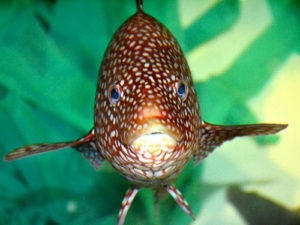
Extensive wrasse use keys up ‘cleaner fish’ conservation questions
Few could argue that a reduction in sea lice-fighting chemicals isn't a win for the fish and for the environment. The downside, however, is that increasing numbers of cleaner fish are being caught for use on salmon farms.
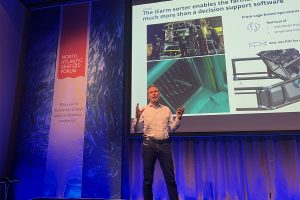
NASF kicks off with a focus on sea lice and aquaculture innovation
Sea lice prevention technologies are big business in Norway. Several solutions were on display at the North Atlantic Seafood Forum in Bergen.
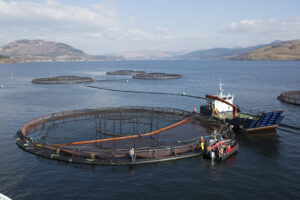
SAIC funds sea lice vaccination technology developed by Stirling and other partners
The Sustainable Aquaculture Innovation Centre (SAIC) has awarded funding to assess the efficacy of novel sea lice vaccine technology.
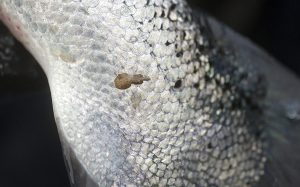
What can coho salmon teach us about sea lice resistance in Atlantic salmon?
Studying coho salmon’s sea lice resistance could lead to genetic advances to better protect Atlantic salmon, Nofima scientists say.
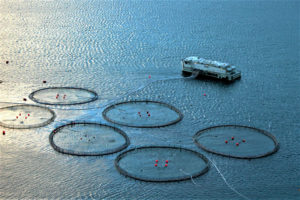
Precision fish farming: A new framework to improve aquaculture, Part 2
Proof-of-concept studies for precision fish farming would be easier in laboratories, but demonstrating effects in full-scale farming conditions is critical.
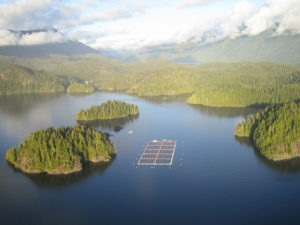
Government of Canada science report says salmon farms don’t spread sea lice to wild fish
A scientific report has concluded that sea lice on farmed salmon do not impact sea lice levels on wild juvenile salmon in British Columbia.
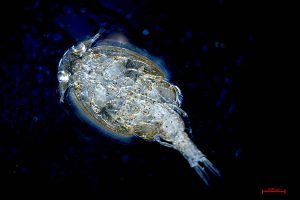
UBC researchers question whether viruses are keeping sea lice at bay in wild salmon
Viruses may prevent "explosions" in sea lice populations, offering a natural control agent for salmon parasites, according to a UBC study.
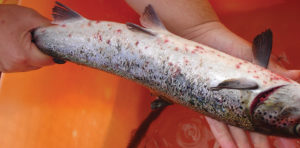
Sea lice control: Perspectives from Chile
Sea lice are a significant threat to the Chilean salmon-farming industry. Chilean salmon farmers also understand that prevention and good management practices based on biosecurity measures are the best tools to minimize outbreaks of disease.
